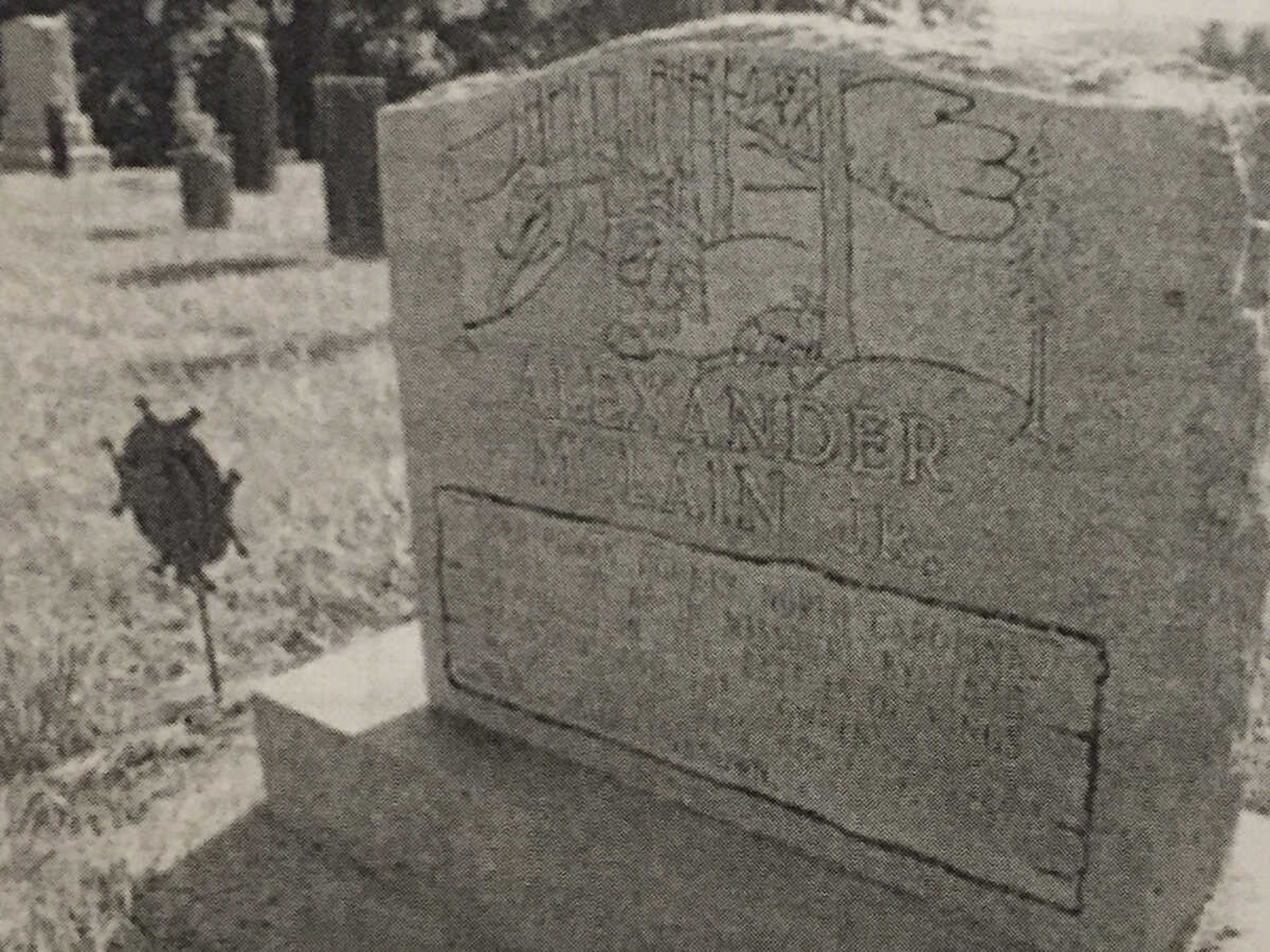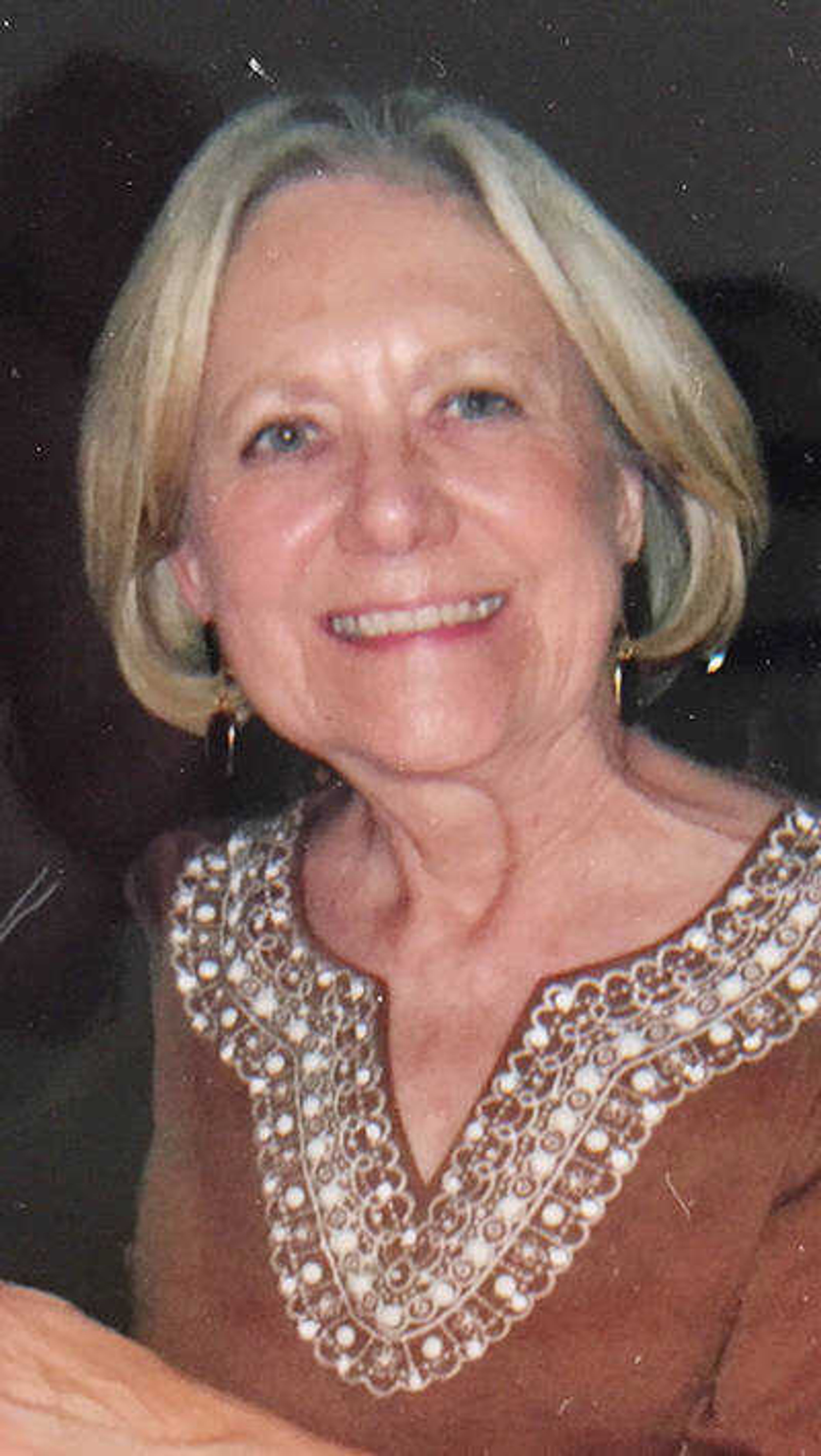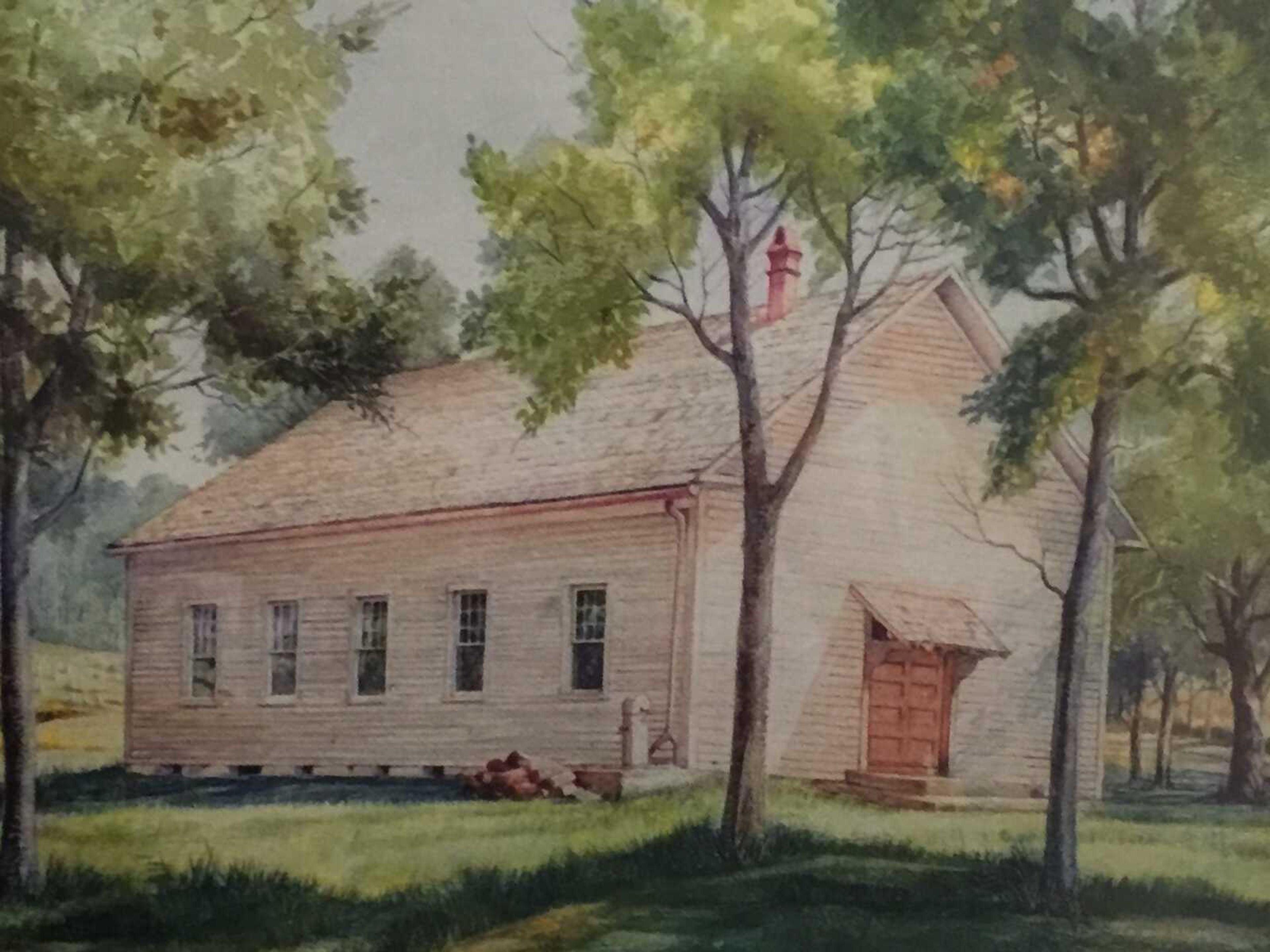Two centuries ago, a little band of Scotch-Irish pioneers of the Presbyterian faith came from North Carolina, through the Cumberland Gap, and crossed the Mississippi River at Moccasin Spring aboard Mr. Green's ferry. They established the Apple Creek Presbyterian Church in a shady grove, just a half-mile east of Pocahontas to launch their mission.
In 1821, the Rev. Soloman Gidding from Washington, Missouri, served as their first pastor. At first, all Gidding had on which to address his group was a 2-foot-high native rock. As the flock of believers grew, they assembled a log church in 1822. Two more times the Presbyterians rebuilt, ending with the present church nestled on the same hillside since 1873.
Besides an Irish-Scotch membership, the doors opened wide to include a Native American, Sampson W. Burch of the Choctaw tribe, on March 15, 1840. Also "Lawson, a colored man, who had been a Methodist ... was received into the communion of the church on March 12, 1843."
The members were patriotic pioneers. Resting in the beautifully maintained church cemetery are four Revolutionary War soldiers. Before coming west, these veterans volunteered in their youth to help obtain our freedom from the British.
The first Revolutionary soldier buried in the historic cemetery is John Cochran, born in Ireland, 1755. He enlisted in 1777 and fought at Fayetteville, North Carolina, and Charleston South Carolina, where he was taken prisoner. Upon parole and discharge, he moved to Cape Girardeau County to live with his son after the death of his wife in North Carolina. Pvt. Cochran died in 1834.

Alexander McLain volunteered in 1777 with the Continental Army as a rifleman. He saw action at King's Mountain before moving to Missouri. McLain's slave, Peter, is buried next to him in the cemetery.
John Gilliland joined the North Carolina militia and participated in the Battle of King's Mountain. He was buried in 1829 in the Presbyterian graveyard.
The last soldier is John Henry Walker, a Virginian who served in the North Carolina militia before he came west to farm in Cape Girardeau County on the "Putz" place. He died in 1829.
Other wartime soldiers are also buried in the cemetery, including 60 Civil War soldiers.
Slavery became an issue in the church in 1835-36, when the congregation was visited by a traveling abolitionist pastor from St. Louis, the Rev. Elijah Lovejoy. His harsh words cut into the heart of the congregation, causing the emotion to split the group unto the South Apple Creek Presbyterian Church and the North Apple Creek Presbyterian Church. In 1852, the South church became the Pleasant Hill Church, which also established an academy.
In 1847, the church erected the first educational institution in Cape Girardeau County near Shawneetown.
Regular services have not been held in the church since 1939. However, the church holds special events such as the one Sunday, Sept. 19, to celebrate its 200th anniversary with the public.
(The above information came from research at the Cape Girardeau County Archive Center and "Apple Creek: Deep Roots and Spreading Branches by Darlene Yancy.")
Connect with the Southeast Missourian Newsroom:
For corrections to this story or other insights for the editor, click here. To submit a letter to the editor, click here. To learn about the Southeast Missourian’s AI Policy, click here.









